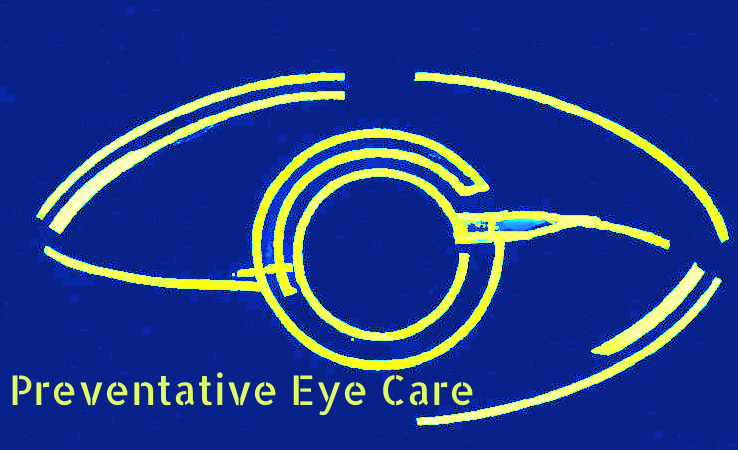Are Your Eyes Getting Enough Oxygen?
We need oxygen to breathe and so do our eyes. Blood vessels deliver the oxygen from our lungs to the rest of our body. But the cornea, the front of our eye, does not have any blood vessels. At least it shouldn’t to maintain it’s clear transparent normal state. But when we wear contact lenses over our corneas all day, it can block oxygen from getting to our corneas, which causes blood vessels to start to invade the cornea in order to get more oxygen to it, which disrupts the clear transparent normal state if the cornea. I think this NIH study says it best:
Every contact lens is a barrier to oxygen transportation into the eye and can induce hypoxia, which is a cause of clinical problems, such as corneal edema, corneal neovascularization, corneal acidosis, loss of corneal transparency, epithelial keratitis, and endothelial polymegathism
So how do you know if your eyes are getting enough oxygen when you wear contact lenses all day?
Every contact lens material has a DK value, which is a measure of Oxygen Permeability:
Oxygen Permeability
Oxygen permeability (Dk) of a material is a function of the diffusivity (D) (that is, the speed at which oxygen molecules traverse the material) and the solubility (k) (or the amount of oxygen molecules absorbed, per volume, in the material).
From: Dictionary of Optometry and Vision Science (Eighth Edition), 2018
In other words, the DK, or Oxygen Permeability of a contact lens is a measure of how much that contact lens lets oxygen through to your cornea.
Here is a table of the Dk values of these hard contact lens materials:

I took this table from an article I read from Contact Lens Spectrum (Yes, I read magazines about Contact Lenses… for fun)
Note that Low Dk are values from 25-50 and High Dk are values from 50-100 and Hyper Dk are values above 100. I prefer to prescribe contact lenses with Dk values 100 or above. However, I often get pushback from my patients because higher Dk lenses tend to be more expensive than lower Dk lenses. So despite my preference that all of patients are wearing contacts with Dk values of 100 or above to prevent corneal edema, corneal neovascularization, corneal acidosis, loss of corneal transparency, epithelial keratitis, and endothelial polymegathism, not all my patients do. Maybe I haven’t spent enough time explaining the benefits of Oxygen Permeable contact lenses to patients. Hence, this blog post.
Below is a table from odspecs.com, a website where you can look up the DK value of most soft contact lenses:

A simple preventative eye care tip to avoid oxygen deprivation is switching to a higher Dk contact lens.
If you don’t want to upgrade your contacts for the health of your eyes, do it for the comfort.
Because, according to this study:
Does the level of available oxygen impact comfort in contact lens wear?: A review of the literature
The answer is yes. Or more specifically:
Are your eyes dry?
Higher DK contact lens are a good way of preventing your eyes from drying out.
And they are more comfortable.
New contact lenses come out every year with better technology to enhance comfort, like higher Dk silicon hydrogel materials. If you are not wearing silicon hydrogel contact lenses, you should try some. Silicon hydrogel contact lenses have much higher oxygen permeability than traditional hydrogen contact lenses, and tend to be much more comfortable. In fact, the contact lens reps keep telling me to throw out my old hydrogel contact lens fitting sets to make room for their newer silicon hydrogel contact lens fitting sets. But despite needing a ladder to reach my contact lens trials because the fitting sets are stacked so high on top of each other in my limited storage space, I have kept a lot of them for the patients who just will not switch out of the contact lenses that their old eye doctor fit them in over a decade ago.
Contact lens technology gets better every year, just like cell phone technology. When was the last time you upgraded your cell phone and when was the last time you upgraded your contact lenses?
Leave a reply




Leave a reply